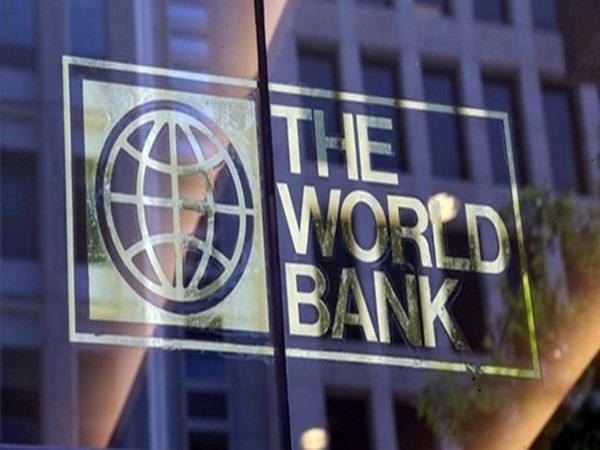
New Delhi: India is witnessing a positive trend in job growth, according to the latest World Bank report.
Since the 2021-22 fiscal year, employment in the country has grown at a faster pace than the working-age population, the report highlighted. A significant aspect of this growth is the rising participation of women in the workforce.
"Employment growth has outpaced the working-age population since 2021-22. Employment rates, especially among women, are rising, and urban unemployment fell to 6.6 per cent in Q1 FY24/25, the lowest since 2017-18," the World Bank report said.
The report also noted a sharp fall in urban unemployment. In the first quarter of the 2024-25 financial year, urban unemployment dropped to 6.6 per cent--the lowest level recorded since 2017-18. Another major trend observed is the shift in worker movement. For the first time since 2018-19, more men are migrating from rural areas to cities in search of employment.
At the same time, rural women are increasingly taking up jobs in agriculture, indicating a shift in employment patterns across the country.
However, the report also flagged persisting challenges. Youth unemployment stands at 13.3 per cent, with the rate even higher among those who have completed higher education--29 per cent of them are still seeking jobs.
"Only 23 per cent of non-farm paid jobs are formal, and most agricultural employment remains informal," the World Bank report said.
The report also highlighted a rise in self-employment, particularly among rural workers and women. A growing number of individuals are opting to work for themselves rather than taking on regular jobs.
Despite the improvement in female employment, disparities remain. The female employment rate has reached 31 per cent, but there are still 234 million more men than women in paid jobs.
"Despite a female employment rate of 31 per cent, gender disparities remain, with 234 million more men in paid work," the World Bank report said.
Addressing poverty, the report said that the five most populous states--Uttar Pradesh, Maharashtra, Bihar, West Bengal, and Madhya Pradesh--accounted for 65 per cent of India's extremely poor population in 2011-12.
While these states have contributed to poverty reduction over time, in 2022-23, they still housed 54 per cent of the country's extreme poor and 51 per cent of the multidimensional poor.